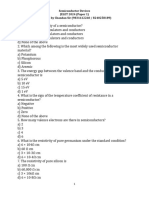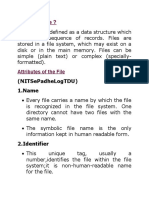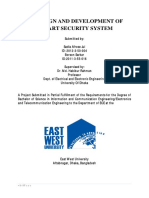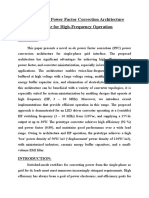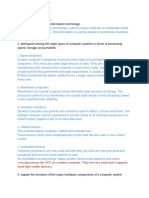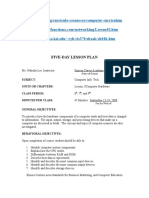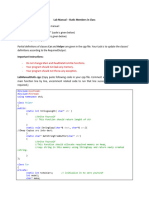0% found this document useful (0 votes)
13 views5 pagesPython QB Unit 3
The document provides an overview of Python functions, including their definition and types such as built-in and user-defined functions. It explains key concepts like return statements, variable scope, lambda functions, modules, and packages, detailing how to create and import them. Additionally, it includes code examples to illustrate these concepts effectively.
Uploaded by
gadesairaj0Copyright
© © All Rights Reserved
We take content rights seriously. If you suspect this is your content, claim it here.
Available Formats
Download as PDF, TXT or read online on Scribd
0% found this document useful (0 votes)
13 views5 pagesPython QB Unit 3
The document provides an overview of Python functions, including their definition and types such as built-in and user-defined functions. It explains key concepts like return statements, variable scope, lambda functions, modules, and packages, detailing how to create and import them. Additionally, it includes code examples to illustrate these concepts effectively.
Uploaded by
gadesairaj0Copyright
© © All Rights Reserved
We take content rights seriously. If you suspect this is your content, claim it here.
Available Formats
Download as PDF, TXT or read online on Scribd
/ 5

































































